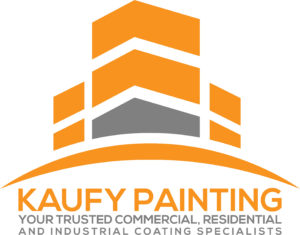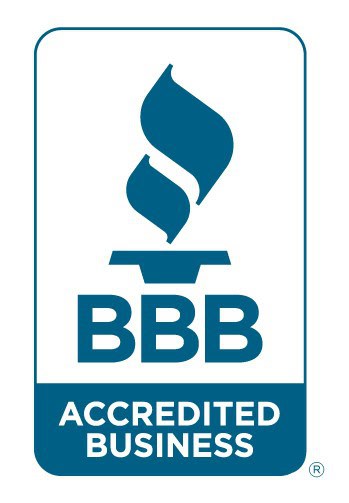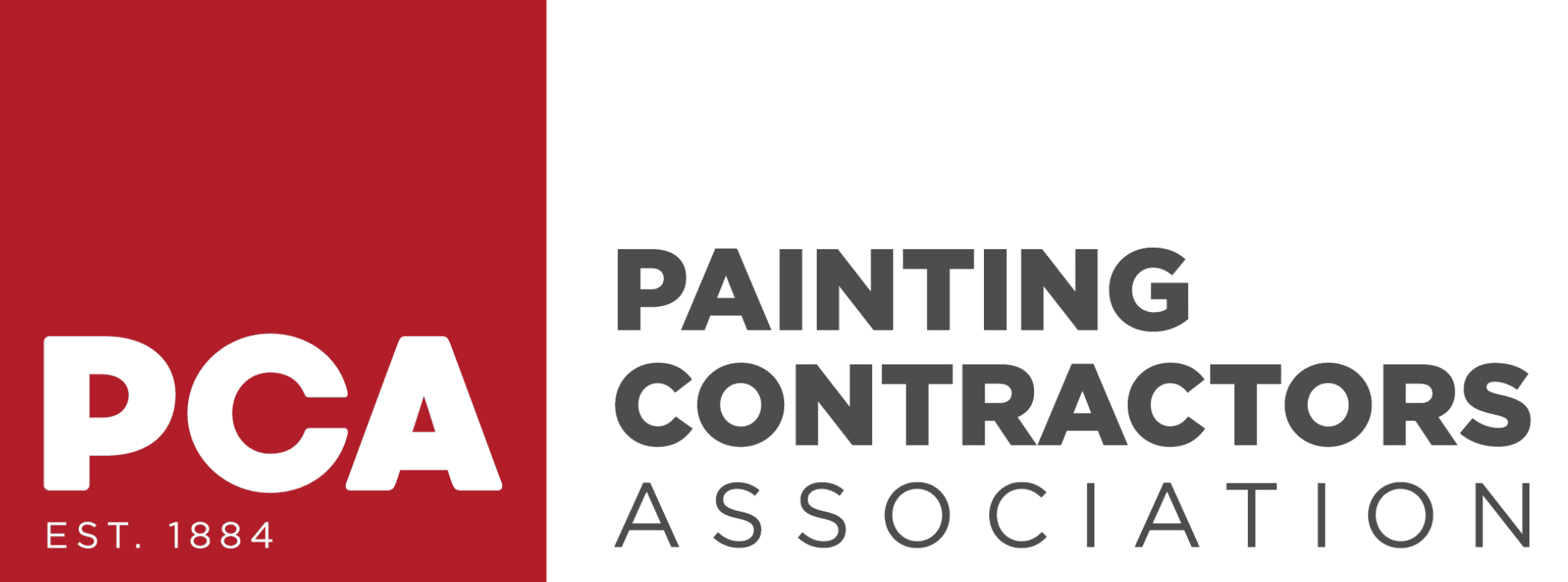Interior paint cracking is one of the most common and frustrating problems property owners face. The answer is simple yet multifaceted: paint cracks over time due to environmental stress, substrate movement, product aging, and inadequate surface preparation. Even a freshly painted wall can develop hairline fissures if these factors are ignored.
Understanding why paint cracks helps homeowners, property managers, and commercial operators maintain durable, visually appealing interiors. Ignoring these causes often results in frequent repainting, higher maintenance costs, and diminished property value.
In this blog, we’ll explore the science behind paint aging, common causes of cracking, product- and service-specific prevention strategies, and expert maintenance tips.
The Science Behind Paint Aging and Cracking
![]()
Paint Film Composition
A typical paint film is composed of binders, pigments, solvents, and additives. Binders form the film, pigments provide color and opacity, solvents carry the material during application, and additives modify performance (e.g., anti-foaming, mildew resistance, or flexibility).
Over time, these components naturally age. Solvents evaporate completely, pigments can lose vibrancy, and binders may lose flexibility. Without flexibility, the paint film becomes brittle, making it more susceptible to cracking when the substrate moves or environmental conditions fluctuate.
How Paint Ages
Paint aging is a chemical and physical process:
-
Loss of flexibility: As binders oxidize, the film becomes rigid.
-
Adhesion breakdown: Poor bonding to the substrate over time allows movement between the wall and paint.
-
Chemical degradation: UV exposure, temperature swings, and moisture can break down polymer chains in the paint, weakening its structure.
When these aging processes combine with substrate movement or humidity fluctuations, cracks appear, often along seams, corners, or high-stress areas of walls and ceilings.
Substrate Movement and Environmental Stress
Walls are not static. Wood frames, drywall, plaster, and masonry expand and contract in response to humidity and temperature. Even minor shifts can stress the paint film. Coastal regions, humid climates, or spaces with poor ventilation often see accelerated paint deterioration due to repeated expansion and contraction cycles.
Common Causes of Interior Paint Cracking Over Time
Environmental Factors
-
Humidity fluctuations: As indoor moisture rises and falls, substrates swell and shrink. Paint films lacking flexibility respond by cracking.
-
Temperature changes: Heat or cold cycles affect elasticity, making walls more prone to fissures.
-
UV exposure: Sunlight can degrade paint polymers, causing brittleness, color fading, and surface cracking.
Surface and Substrate Issues
-
Poor surface preparation: Residual dust, grease, or old loose paint prevents proper adhesion.
-
Moisture intrusion: Leaks, condensation, or plumbing issues under the surface weaken bonds between paint and wall.
-
Structural movement: Settling or vibrations in buildings cause micro-stresses that translate into paint cracks.
Paint Product Limitations
-
Low-quality or incompatible paints: Cheaper formulations may lack flexibility or adhesion.
-
Improper application: Thick layers, inadequate drying times, or incorrect mixing can stress the film.
-
Lack of elastomeric properties: Standard paints without modern additives can’t accommodate minor substrate movement.
Product-Specific Prevention Strategies
High-Quality Paints
Opt for acrylic latex or elastomeric paints known for durability, flexibility, and adhesion. These formulas resist cracking better than older, low-quality emulsions.
-
Acrylic latex: Flexible, UV-resistant, suitable for most interior walls.
-
Elastomeric coatings: Ideal for high-moisture areas, cracks, or walls prone to movement.
Primers and Additives
-
Substrate-compatible primers enhance adhesion and seal porous materials.
-
Modern additives improve elasticity and reduce brittleness.
-
Mildew-resistant formulations for high-humidity areas like bathrooms and kitchens.
Selecting the right product is often the difference between a wall that lasts 5 years versus 10+ years without cracking.
Service-Specific Prevention Measures
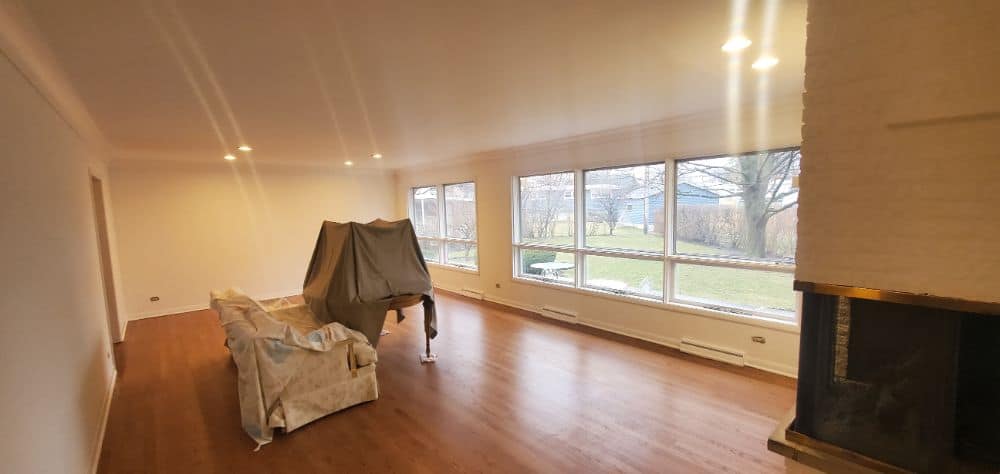
Proper Surface Preparation
Surface prep is the most overlooked factor in crack prevention:
-
Cleaning: Remove dirt, grease, and contaminants.
-
Sanding: Smooth rough patches to improve adhesion.
-
Moisture testing: Identify hidden damp areas before painting.
-
Priming: Seal and stabilize surfaces, creating a solid base.
Controlled Application Environment
Environmental control during application is critical:
-
Maintain temperature between 50–85°F (10–29°C).
-
Keep relative humidity below 60% to promote proper curing.
-
Schedule painting to avoid peak indoor moisture, such as cooking times or post-shower periods.
These small adjustments prevent future paint cracking and ensure a uniform finish.
Expert Application Techniques
Even high-quality paints fail if applied incorrectly:
-
Mix and thin paints according to manufacturer instructions.
-
Allow adequate drying between coats.
-
Use proper tools for even coverage, such as high-quality brushes, rollers, or sprayers.
-
Apply the correct number of coats for durability.
Professional contractors in Berkeley often combine these methods with substrate-specific knowledge to maximize paint longevity.
Maintenance and Early Detection to Extend Paint Life
Regular monitoring can prevent minor cracks from becoming major issues:
-
Inspect walls annually for hairline cracks.
-
Control indoor humidity and temperature with dehumidifiers and HVAC systems.
-
Touch up minor cracks promptly to avoid spreading.
Routine maintenance, combined with quality application, extends the life of interior paint and preserves aesthetics.
Common Causes and Solutions for Paint Cracks
| Cause | Effect | Prevention/Action |
|---|---|---|
| Humidity fluctuations | Hairline cracks, peeling | Use flexible paints, control indoor moisture |
| Temperature swings | Brittle paint, micro-cracks | Apply within recommended temperature range |
| Poor surface prep | Adhesion failure | Clean, sand, prime surfaces before painting |
| Low-quality paint | Premature cracking | Choose high-quality acrylic or elastomeric paints |
| Structural movement | Large cracks along seams | Reinforce walls, use flexible coatings |
People Also Asked (PAA)
-
Why does interior paint crack after a few years? Aging, substrate movement, and environmental stress weaken the paint film.
-
Can humidity cause paint to crack inside? Yes, swelling and shrinking of walls due to moisture create stress on the coating.
-
How do I prevent paint cracking on walls? Proper surface prep, high-quality paint, controlled application, and maintenance.
-
What type of paint lasts longest without cracking? Flexible, high-adhesion acrylic latex or elastomeric formulations.
-
How often should I repaint to avoid cracking? Typically 7–10 years for well-prepared, quality-painted interiors.
-
Can paint crack due to temperature changes? Yes, expansion and contraction cycles contribute to fissures.
-
Is primer necessary to prevent cracking? Almost always; primers enhance adhesion and seal substrates.
-
How do professionals prevent paint cracks over time? Combination of substrate prep, high-quality coatings, and environmental control.
Common Myths About Paint Cracking Over Time
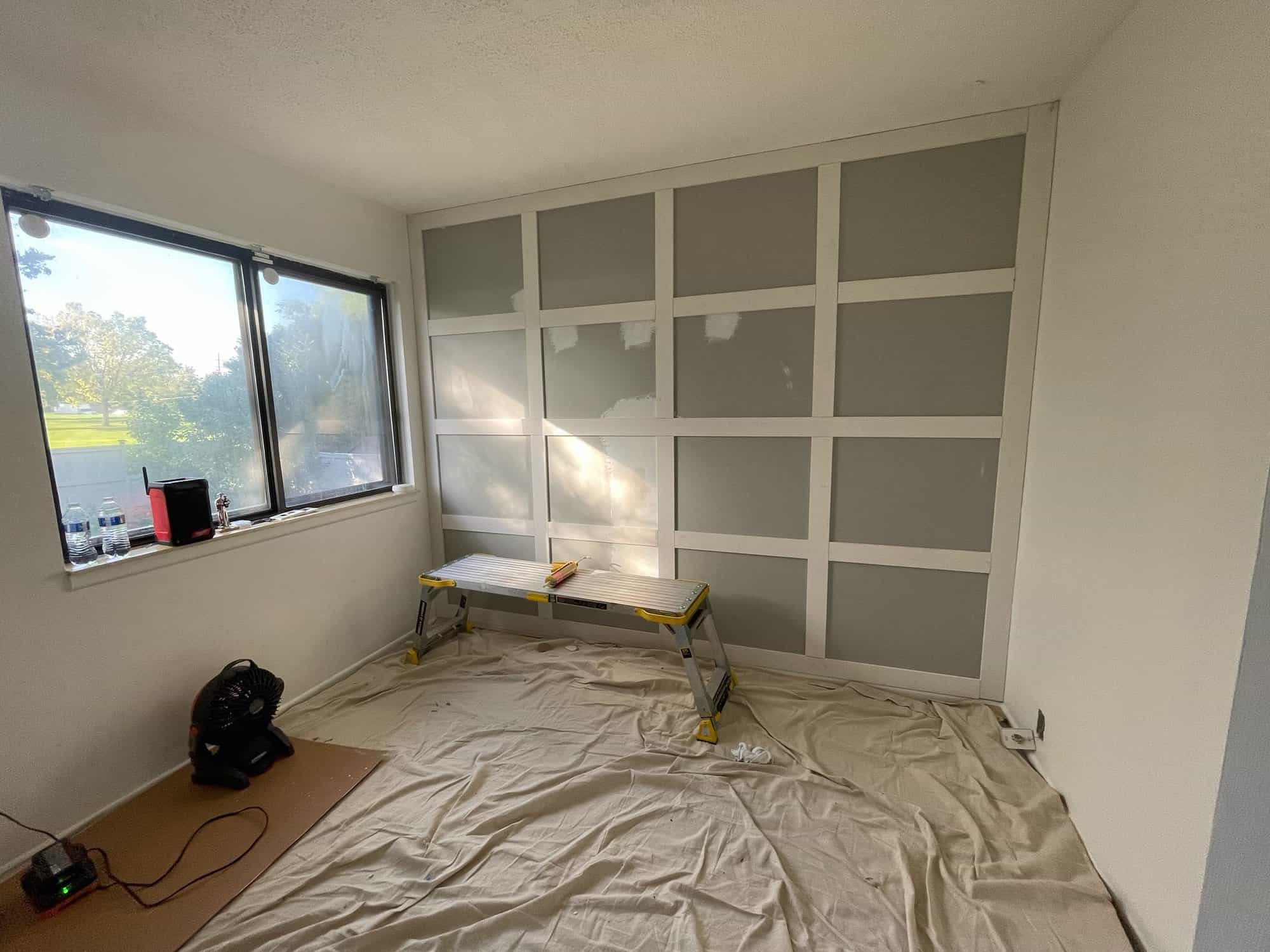
-
“Paint cracks only because it’s old.” Cracking often begins due to poor prep or environmental stress, not just age.
-
“More coats of paint will stop cracking.” Excess layers can worsen cracking if the underlying substrate is unstable.
-
“Primer isn’t necessary if the paint is good quality.” Primer stabilizes the surface and is essential for adhesion.
-
“Cracking means the whole wall needs repainting.” Minor cracks can be touched up without full repainting if addressed early.
How to Choose Paint Products and Services for Long-Lasting Results
-
Technical specifications: Look for flexibility, adhesion, durability, and moisture resistance.
-
Experienced contractors: Choose painters with a track record in crack prevention.
-
Questions to ask: Which primers and paints will be used? How is surface prep handled? What environmental conditions are maintained during application?
Professional guidance ensures that paint performs optimally, even under challenging conditions.
Recommended Paint Products for Crack Resistance
| Product | Finish | Key Features |
|---|---|---|
| Benjamin Moore Regal Select | Matte/Satin | High adhesion, flexible film, low VOC |
| Sherwin-Williams Cashmere | Satin | Smooth finish, elastic film, durable |
| Behr Premium Plus Ultra | Satin/Eggshell | Mold and mildew resistant, durable acrylic |
| Zinsser Perma-White | Semi-gloss | Self-priming, mildew-proof, flexible |
Conclusion
Interior paint cracking is a natural outcome of environmental stress, substrate movement, aging, and poor preparation. Understanding these factors and proactively addressing them is key to maintaining beautiful, long-lasting interiors.
Prevention requires: high-quality materials, thorough surface prep, controlled application, and regular maintenance. Early detection of minor cracks, coupled with proper environmental control, dramatically extends paint life.
Partnering with professional painters who understand substrate behavior, humidity management, and modern coating technologies ensures interiors remain crack-free and visually appealing for years.
